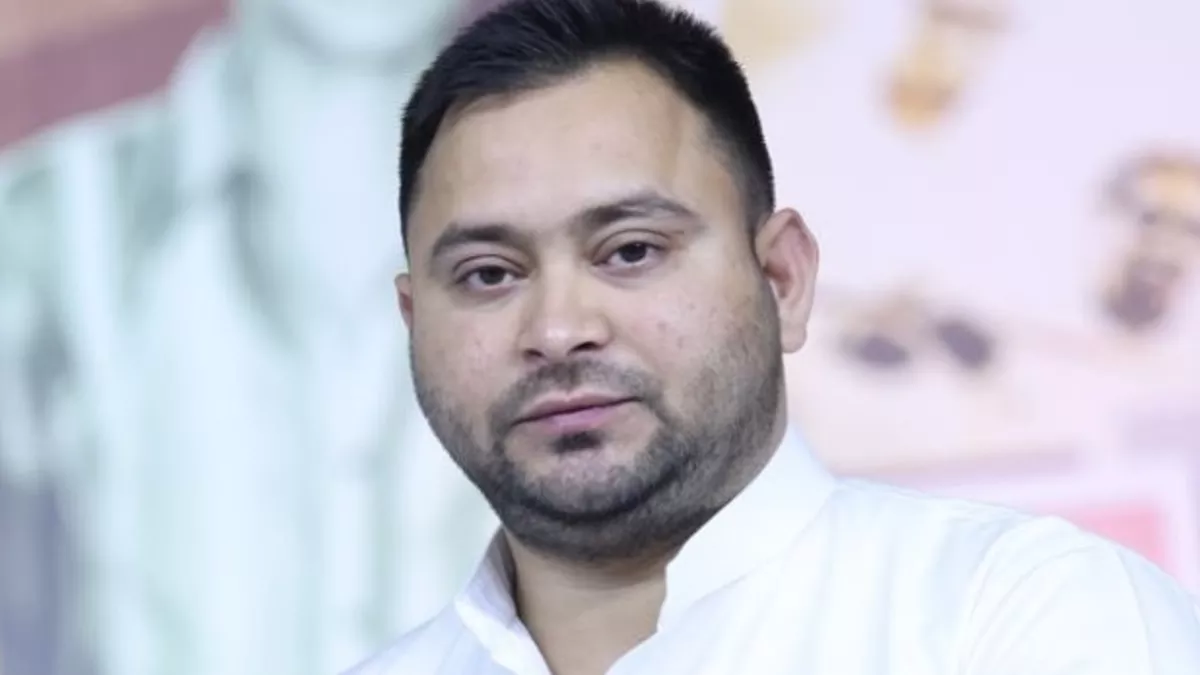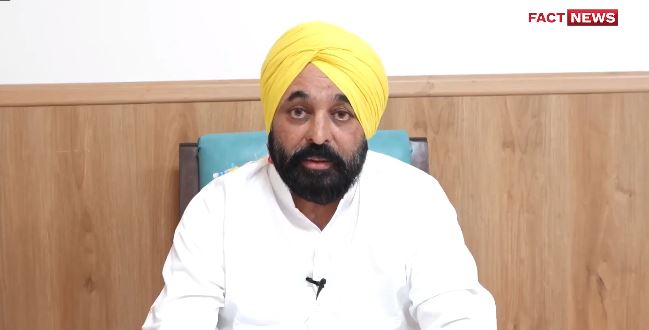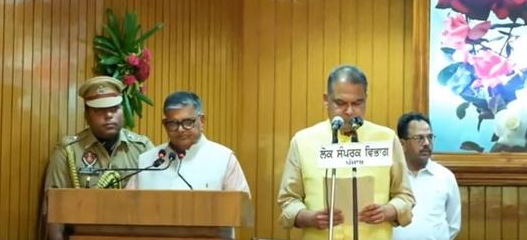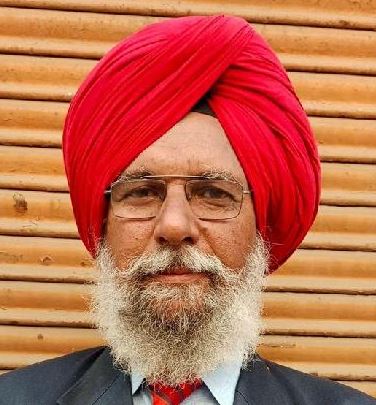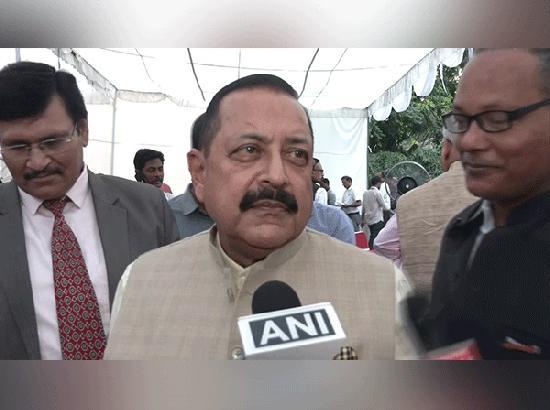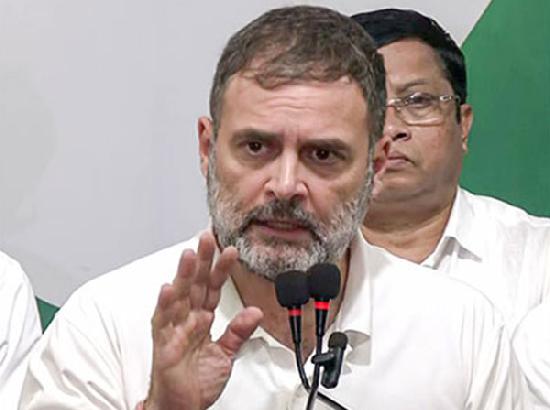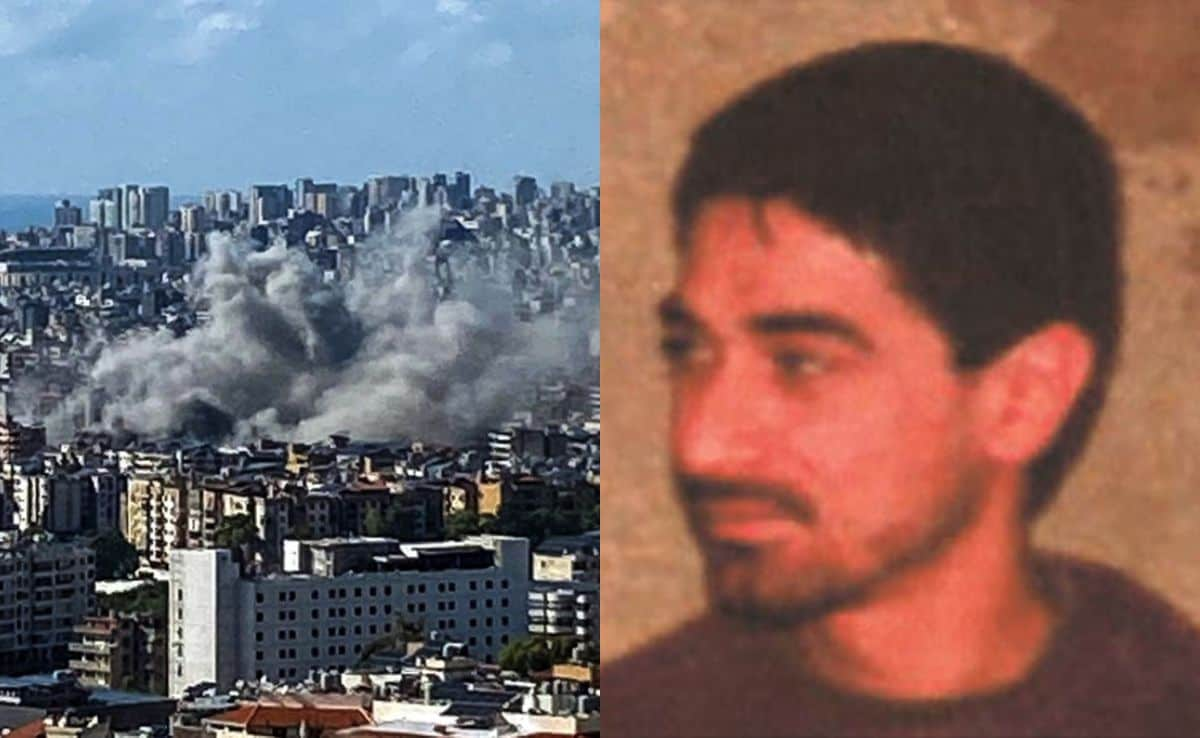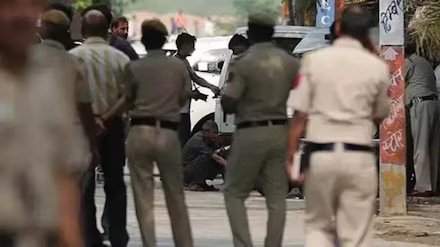Red Fort Blast Probe Reveals Early Reconnaissance, Long-Term Terror Plot

Fact News Service
Chandigarh, November 12: In a chilling development in the ongoing investigation into the Red Fort blast, investigators have uncovered evidence suggesting that the attack was part of a long-term terror plan rather than a spontaneous act. Authorities have found that two of the accused, Dr. Muzammil Ganaie and Dr. Umar Un Nabi, both medical professionals, conducted reconnaissance of the Red Fort area as early as January this year — months before the explosion.
Phone dump data has placed Muzammil near the Red Fort in early January, confirming his physical presence at the site. During interrogation, he reportedly admitted that the group had initially planned to execute an attack around Republic Day, January 26. The accused were believed to have studied the area’s security arrangements, crowd movement, and surveillance coverage during this time.
Investigators say that the original Republic Day plan was abandoned after increased security deployments around national celebrations made it too difficult to carry out. However, the plot did not end there. The group allegedly reworked its strategy and discussed a second attempt during the Diwali festive season, when markets and public spaces are especially crowded. The revelation of a potential Diwali strike has alarmed security agencies, pointing to a premeditated and evolving terror design rather than an isolated attack.
Preliminary findings indicate that the explosive device used in the car blast was assembled using high-grade materials, suggesting professional expertise. Forensic teams are continuing to examine remnants from the scene, while the National Investigation Agency (NIA) has taken charge of the wider probe.
The discovery that the accused are qualified doctors has added a disturbing dimension to the case. Investigators believe that the involvement of educated professionals indicates a new pattern in recruitment, where radical networks are targeting individuals with technical skills and clean backgrounds to evade detection. Both Muzammil and Umar were reportedly part of a larger network that provided logistical and financial support for terror operations.
According to officials, the module’s objective was to execute a high-impact attack at a symbolically significant location — one that would attract national and international attention. The Red Fort, a historic monument and the site from which the Prime Minister addresses the nation every Independence Day, fit that profile perfectly. The proximity of the attack to such a landmark has raised serious questions about security preparedness in the capital.
Investigators are now tracing the wider network, including sources of funding, supply of explosives, and communication channels used by the module. Several digital devices seized from the accused are being analyzed for evidence of coordination with handlers outside India. Intelligence agencies have been placed on alert to prevent possible follow-up attacks.
As the NIA continues to piece together the larger conspiracy, officials stress that no angle is being ruled out. The revelations of early reconnaissance and multiple planned strike dates point to a meticulously organized operation — one that sought to exploit both symbolic dates and crowded public spaces to maximize impact. The investigation, authorities say, is far from over, but the emerging picture underscores the need for heightened vigilance and stronger urban counter-terror measures.


